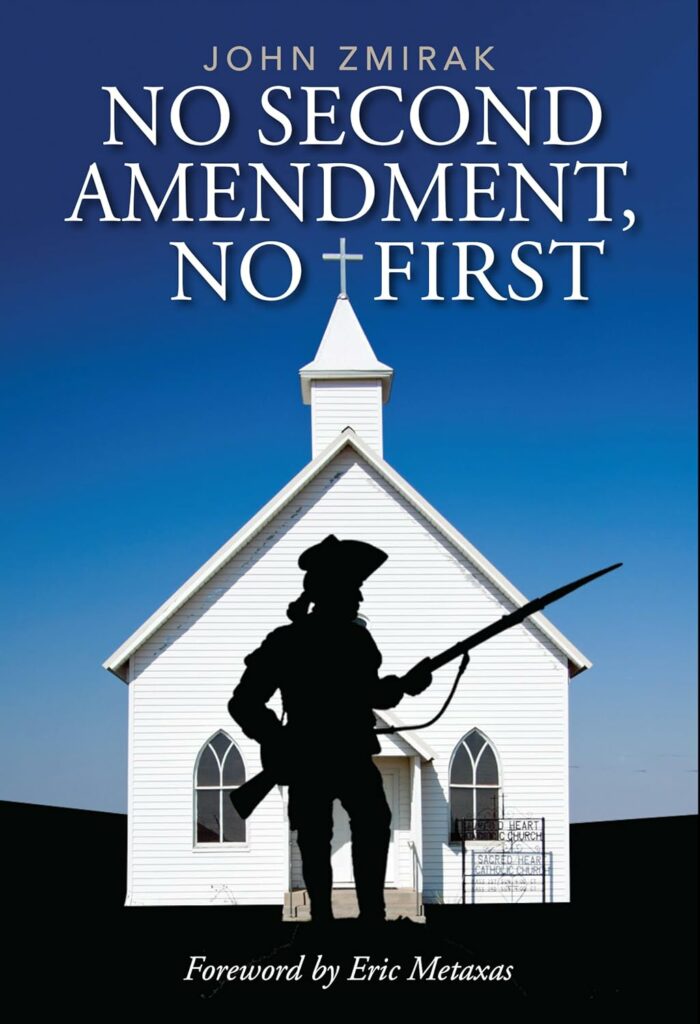A Better GOP Nomination Process
Frustration with Donald Trump’s campaign is rising to a fevered pitch, with Politico reporting that 70 percent of GOP insiders are now hoping The Donald pulls the plug. While the majority (58 percent) think that’s unlikely, it’s astonishing that 4 in 10 Republicans actually think it’s possible.
Here’s an idea that I suspect would secure more than 70 percent of GOP support: We need a better way to nominate a candidate for President. The current method is simply not working, and it’s not just this year. There were widespread complaints in 2012 with many fearing that the long primary season, the many debates and the negative ads badly (irreparably?) damaged Mitt Romney’s image with the broader electorate (particularly going up against an incumbent).
The appeal of the current process is that “the people” choose the nominee. Anyone can give it a shot, as some 17 people did this time. But this is mainly an illusion: Why should voters in a handful of states consistently exercise an extraordinary level of influence, leaving many Republicans with merely symbolic votes? And then there is the extraordinary amount of money needed to compete — allowing donors disproportionate influence on candidates’ positions, or eliminating those who aren’t independently wealthy. The same could be said about the time commitment: The extended campaign season results in some great leaders staying out of the fray (e.g., Paul Ryan). How can you seriously do your job as governor or senator while running for president for 18 months? You miss votes and get pounded for it (Marco Rubio), and the people in your state become resentful.
A Republican Way of Selecting Viable Nominees
An interesting, and I think better, nomination process was presented in a lengthy article by Jeffrey Anderson and Jay Cost in 2013. In what follows, I’ve borrowed from Anderson and Cost, while offering my own suggestions in light of our unique 2016 mess.
In a republic, power resides in elected representatives who make decisions on behalf of others. What if local GOP chapters were to elect about 50 delegates per state to a national convention that occurred in February of an election year? I say “elect” but ideally these delegates would have previously been selected by local GOP chapters on the basis of their involvement, knowledge, experience and moral authority among their peers. They would all be “unbound” delegates — not committed to any particular candidate. If we included every elected GOP congressman, senator and governor, we’d have a nomination convention of about 3000 total delegates.
At this nomination convention, closed to the media, there would be a presentation from the RNC followed by a discussion of the main issues, along with recommendations for who might best lead the party to victory in November. The culmination of this convention would be a series of confidential votes taken by the 3000 delegates. On the first ballot, each delegate would identify and rank five possible nominees. The top pick on each ballot would get five points, the second pick four points, etc. The top ten names, and their respective point totals, would then be made public to the delegates.
Then there would be a second ballot, restricted to the top ten names from the first ballot, with delegates again ranking their top five choices. After the second ballot, the scores for each of the ten individuals would again be made public to the convention. There could be discussion between the rounds of voting, with alliances forming and/or individuals withdrawing their names from consideration. Voting would continue until the top five names had a certain threshold of the overall point total (perhaps 75 percent).
An Issues-Oriented, Efficient Process
Because this nomination convention meeting would be led by the party leaders, but with a majority of the participation (and votes) coming from rank-and-file members (delegates), it has the potential of generating a strong sense of party unity around five exceptional candidates, without losing a highly participatory, grass-roots feel. After this nomination convention, the top five names would be made public and each candidate would be asked to record a 45-minute speech describing their understanding of the Constitution, the roles of the three branches of government, federalism and key issues from the most recent Republican platform. These videos would go on the RNC website, with links to the websites of each of the candidates. These five candidates would be the only GOP candidates for President.
Over the next several weeks there’d be a series of debates (perhaps one per week, moderated by leading conservatives or right-leaning media figures), culminating in a closed primary vote by a third of the states (randomly selected in advance). Then a fifth debate followed by a closed primary vote by another third of the states (also randomly selected). Finally, a sixth debate followed by another closed primary in the remaining third of the states. If, after all 50 states have voted, the top candidate doesn’t have at least 50 percent of the total vote, there would be run-off two weeks later between the top two candidates (a closed primary vote held in all 50 states after another debate between just the top two candidates). A national run-off would surely be expensive, but hopefully it’d be rare. And efficiencies elsewhere would offset some of the cost.
The whole process would be completed by no later than April. The nominee would have plenty of time to select a Vice-President, prepare for a (traditional) made-for-TV national convention in the summer, and develop a campaign and fundraising apparatus for the general election.
Why Would Something Like This Be Better?
- Each of the top five nominees is essentially drafted by the people, giving the party base meaningful involvement, and giving the nominees instant moral authority. It’s one thing to declare yourself to be a candidate for President. It’s another thing to have your party’s base and leadership select you to run for President. Many good people lack the audacity to do the former. Few would balk at the latter.
- The entire process would be restricted to registered Republicans — all closed primaries — which means the ultimate nominee should be highly appealing to Republicans.
- It would limit input from what is typically a left-leaning media (recall the disastrous CNBC debate this past cycle).
- It would diminish the role of money in the primary season — freeing those funds to be utilized in the general election.
- It would be efficient (two or three months long), and therefore attractive to some leaders who currently choose not to run due to the time commitment.
- Because of the efficiency, it would make the process more serious — the focus would be issue-oriented debates and the 45 minute video presentations on the role of government — and thus less vulnerable to the silliness of what sometimes drives media ratings (the celebrity factor, the nasty infighting, etc.).
When Trump v. Clinton is in the history books, the GOP leadership will undoubtedly conduct an assessment (win or lose). If they are to be known as the party of ideas and solutions, the GOP should think seriously about revising their process for nominating a candidate for President.
Dr. Alex Chediak (Ph.D., U.C. Berkeley) is a professor at California Baptist University and the author of Thriving at College (Tyndale House, 2011), a roadmap for how students can best navigate the social, academic and professional challenges of their college years. Learn more about him at www.alexchediak.com or follow him on Twitter (@chediak).


